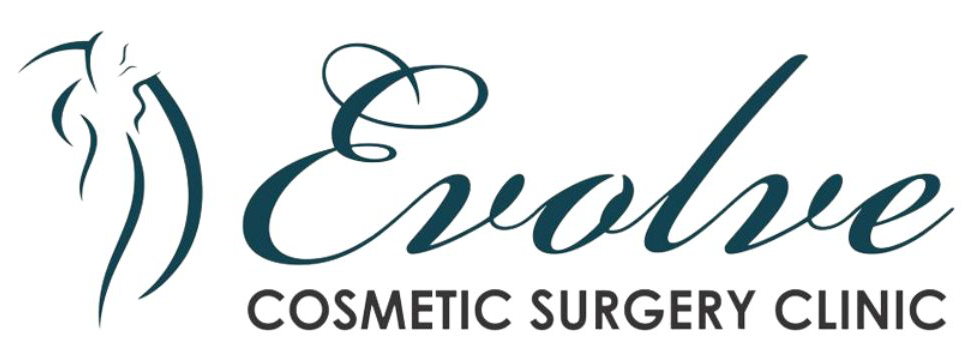
Chemical Peel Treatment in Mumbai
Reveal Smooth, Radiant Skin with Every Peel!
Chemical Peel
A chemical peel is a procedure in which a chemical solution is applied to the skin to remove the top layers. The skin that grows back is smoother. With a light or medium peel, you may need to undergo the procedure more than once to get the desired results.
Chemical peels are used to treat wrinkles, discolored skin and scars — usually on the face. They can be done alone or combined with other cosmetic procedures. And they can be done at different depths, from light to deep. Deeper chemical peels offer more-dramatic results but also take longer to recover from
Key Features:
- Wrinkle Reduction
- Volume Restoration
- Customizable Treatment
- Quick & Convenient
- Minimal Downtime
Send Us Quick Enquiry
How It's Done
A chemical peel is a skin-resurfacing procedure. Depending on the issues you’re addressing with the procedure, you’ll choose a chemical peel in one of three depths:
- Light chemical peel. A light (superficial) chemical peel removes the outer layer of skin (epidermis). It’s used to treat fine wrinkles, acne, uneven skin tone and dryness. You might have a light peel every two to five weeks.
- Medium chemical peel. A medium chemical peel removes skin cells from the epidermis and from portions of the upper part of your middle layer of skin (dermis). It’s used to treat wrinkles, acne scars and uneven skin tone. You might need to repeat the procedure to achieve or maintain the desired result.
- Deep chemical peel. A deep chemical peel removes skin cells even deeper. Your doctor might recommend one for deeper wrinkles, scars or precancerous growths. You won’t need repeat procedures to get the full effect.
Chemical peels can’t remove deep scars or wrinkles or tighten sagging skin.
Skin Treatments Videos
FAQs (Frequently Asked Questions)
A chemical peel is a skin resurfacing treatment that uses a chemical solution to exfoliate and remove damaged outer layers of skin. This promotes the growth of new, smoother, and healthier skin.
Chemical peels can improve:
- Fine lines and wrinkles
- Acne scars and active acne
- Uneven skin tone and pigmentation
- Sun damage
- Rough skin texture
- Light peels: Target mild skin imperfections and are suitable for regular maintenance.
- Medium peels: Treat moderate wrinkles, pigmentation, and acne scars.
- Deep peels: Address significant skin concerns like deep wrinkles and severe sun damage.
Most light and medium peels cause mild tingling or stinging during the procedure. Deep peels may require numbing agents to ensure comfort.
Results from light peels are often visible within a few days, while medium and deep peels may take a few weeks as the skin heals and renews.
Evolve Blogs

Breast Implant Surgery in Mumbai
Breast implant surgery in Mumbai is widely available with numerous reputable clinics and experienced surgeons offering various options for patients ...

Tummy Tuck Surgery Mumbai – Myth & Truth
Myths about Abdominoplasty: The Truth about Tummy Tuck Surgery Mumbai. Abdominoplasty or tummy tuck Surgery, is a cosmetic surgical procedure ...

Best Tummy Tuck Surgeon of Mumbai
Thinking of getting tummy tuck surgery done? Want to know how Long does a Tummy Tuck Surgery results last? Abdominoplasty ...












